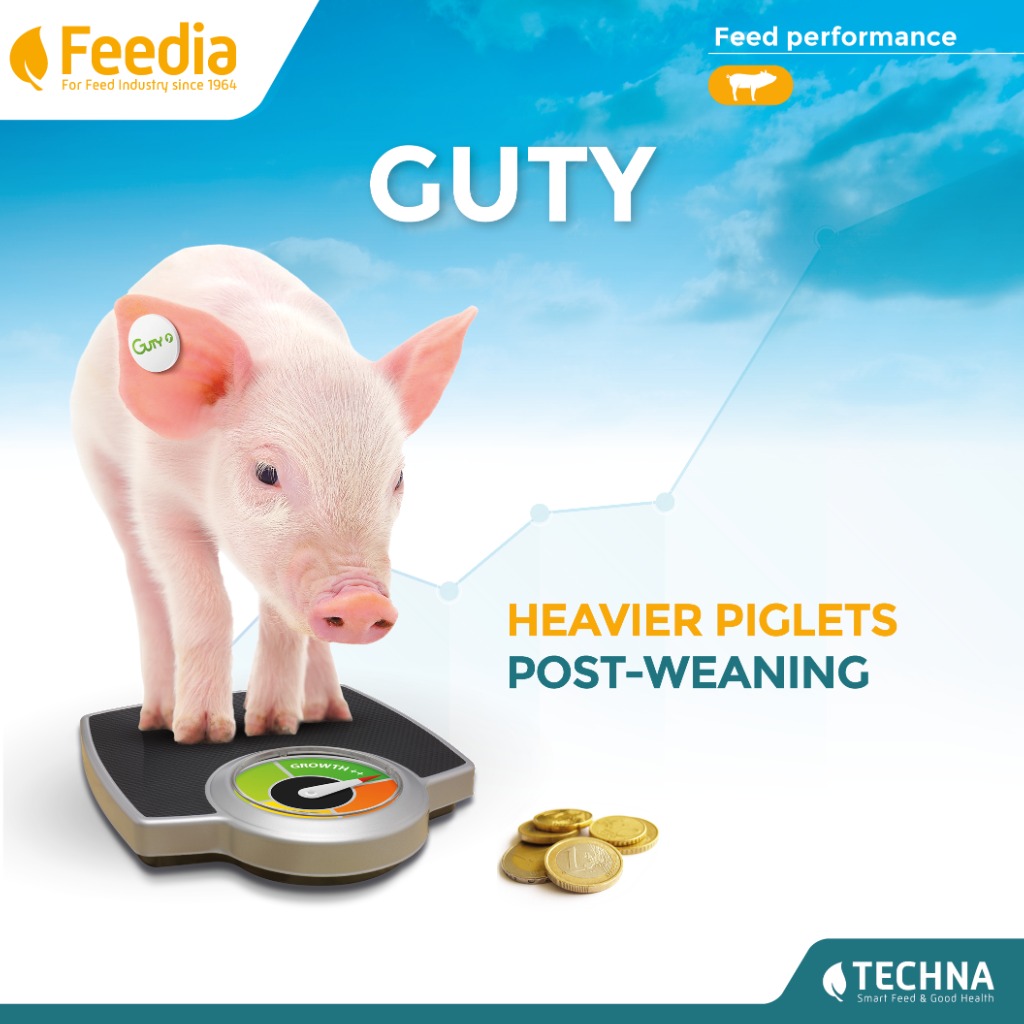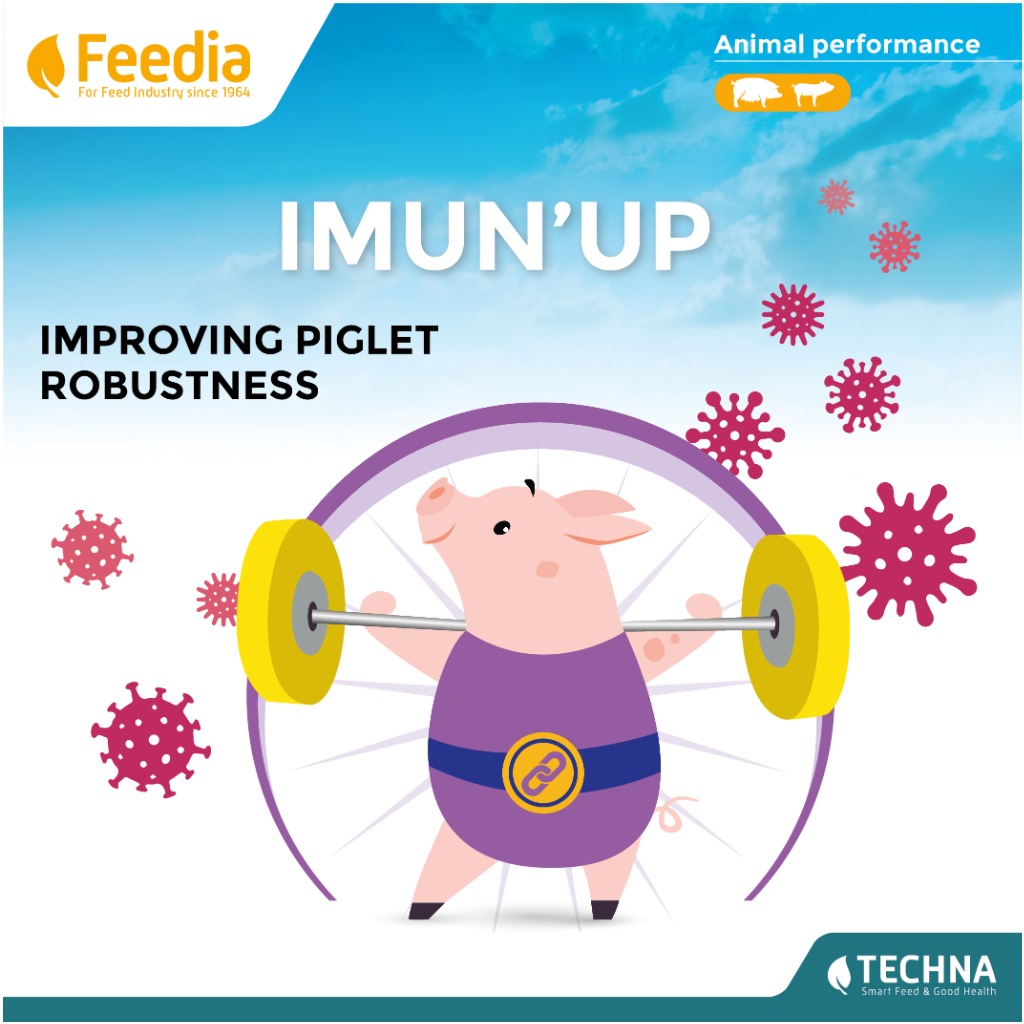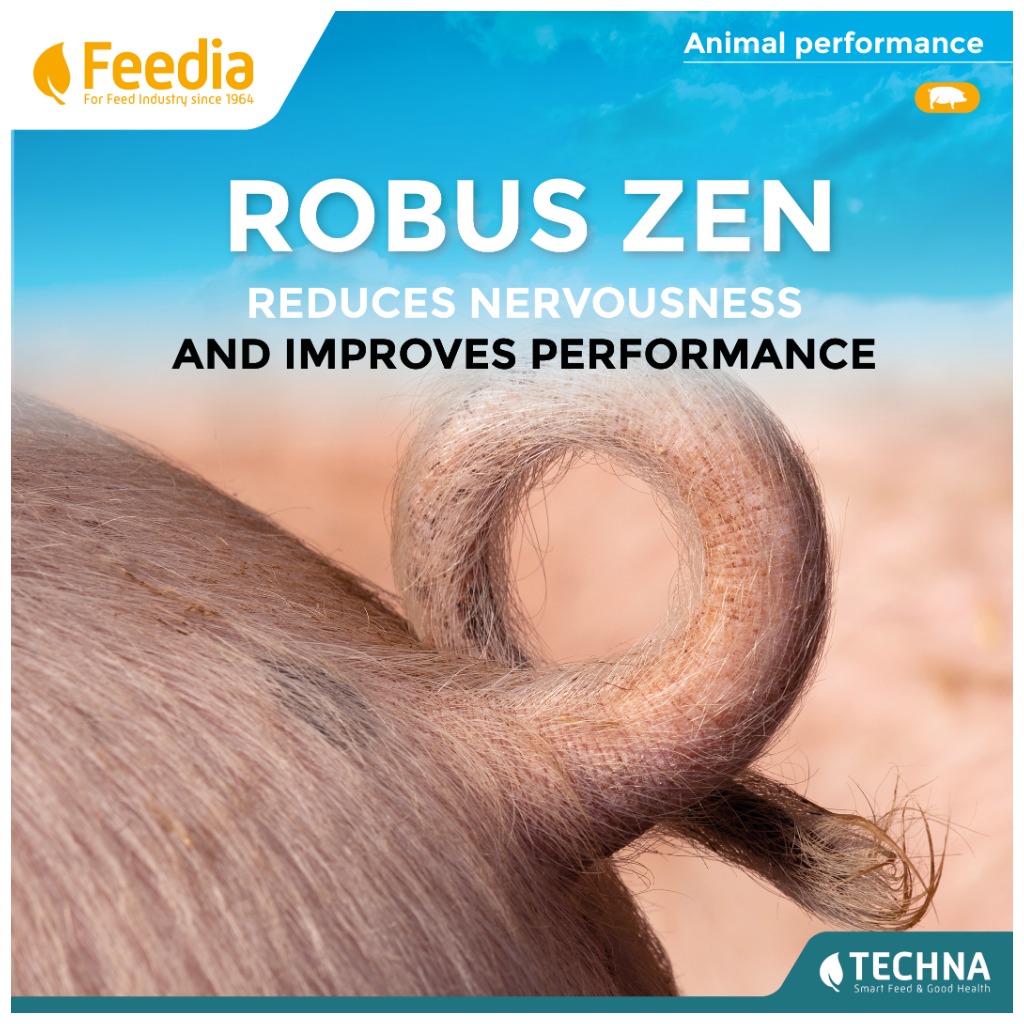Stress management in pig farming
Combating stress in pig farming: multifactorial strategies for animal welfare
Stress in pig farming can have different origins (housing, feeding, nutrition, watering, sanitation, etc.) and can be expressed in many ways (digestive, cardiac or respiratory problems, nervousness and deviant behaviour, poorer performance, poorer quality of processed products, etc.).
Farmers and all their technical partners (constructors, genetics, feed manufacturers, vets, etc.) work daily to improve living conditions for pigs by protecting them as best they can from various sources of stress during their presence on the farm.
Regulations, practices and attitudes are also evolving to limit the sources of stress in pigs by improving their well-being and allowing them to express as much natural behaviour as possible (free-range pregnant sows, free-farrowing pens, socialisation of piglets in the farrowing unit, provision of toys or materials that can be handled, natural light, presence of litter, ban of systematic tail docking, production of whole male pigs, etc.). Researchers are also helping to advance the industry by quantifying and analysing the impact of various changes in housing and farming practices. For example, the publication by Massabie et al. in 2006 clearly demonstrates the cumulative effect of different stresses. The graph (Figure 2) from this publication shows and quantifies the impact of different densities coupled with different temperatures.
Some developments, originally virtuous such as the ban of tail docking, are however leading to new challenges on farms. A longer tail is more likely to be bitten, and this can lead to extreme cases of intense tail biting and a consequent reduction in pig welfare.
Another example to illustrate the importance of nutrition in improving pig welfare is the publication by Minussi et al, 2023. The conclusion is clear: a lack of amino acids is a source of stress in pigs and can manifest itself in less rest in the pen or in deviant behaviour such as tail biting despite the enrichment of the pen with manipulable materials (rope, wood, etc.).
ROBUS ZEN: a major advance in pig welfare
TECHNA works on improving the welfare of pigs through feed and nutrition. Several trials have been carried out at the Euronutrition experimental station to enhance the solutions available to our feed manufacturer customers and their farmers. The feed programme is the first lever for reducing stress; access to feed and the daily quantities distributed are essential for satisfying nutritional requirements.
In nutritional terms, certain nutrients are well known for their effects on stress reduction (tryptophan, magnesium, fibre, etc.).
A recent trial conducted at Euronutrition tested the impact of 4 feeding strategies on the performance and tail lesions of fattening pigs between 70 and 180 days of age.
Growth was improved, without any deterioration in the FCR, not only by the quantity of feed distributed daily (+14g ADG with a restriction at 3.0kg/day) but also (and above all) by the nutritional levels (+35g ADG with the addition of tryptophan and fibre).
As previously mentioned, caudal lesions were observed at 68 days of age and the lesions decreased sharply with the increase in the feed quantity and with the addition of tryptophan and fibre.
Despite all its progress, stress management in pig farming is still a problem from both a behavioural and technical/economic point of view. FEEDIA has continued its efforts and developed ROBUS ZEN, a solution composed of plant extracts known for their calming effects at cerebral and intestinal levels. Incorporated into feed, ROBUS ZEN has already shown interesting effects, with :
- a reduction in aggressive behaviour
- heavier animals over the same fattening period : +3 kg live weight
- fewer dead or removed pigs during the fattening : - 1.1% removed pigs
Stress management in pig farming is a major concern for consumers, farmers and their technical partners. TECHNA is involved in finding effective, applied solutions to reduce the effects of stress on animals. Our results support our research guidelines and methods with dietary and nutritional recommendations such as ROBUS ZEN.
Sản phẩm
Liên hệ:
Liên hệ với chúng tôi bằng biểu mẫu sau.





